Windows Defender is Microsoft’s free antivirus program. When you download files in Windows Defender protected mode, your security software will immediately block the files from running. This can be frustrating if you don't know how to allow certain files in Windows Defender.
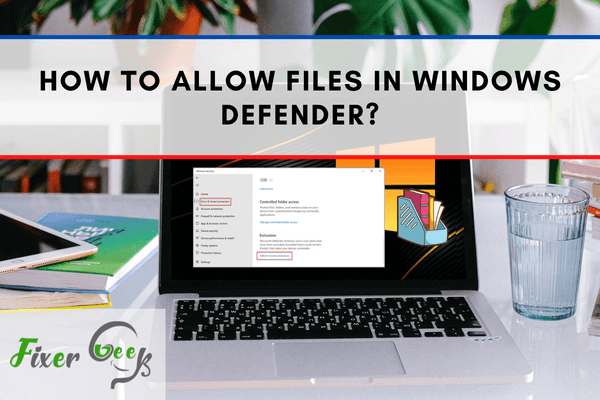
An anti-virus is a necessary software every computer should have. With all the malware and cyber-attacks, we’d do well to check if we got one in our machine. Many don’t mind paying hundreds of dollars for anti-virus that guarantees safety as it promises to prevent, detect, and remove harmful software viruses that might attack a computer.
Windows defender is the rebranded version of Microsoft Security Essentials for Windows XP through Windows 10. It is an anti-malware and anti-virus security suite that comes built-in to Windows 10. So while it can be very useful, one of the main downsides to that is it might detect legitimate programs or files as malware and it will automatically try to take action against such files.
In this article, I’ll show you how to allow files or set up exclusions for certain files that you might be trying to run on your windows computer.
Allow files or set up exclusions for certain files
- Start by going to the Start Menu. Click the windows icon on the lower left side of your desktop.
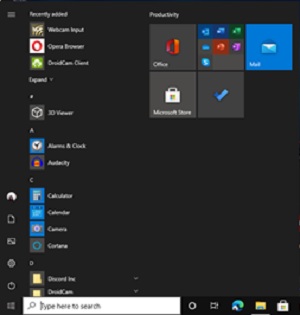
- Select Settings by clicking the cog icon, it is the 3rd icon from the windows icon.

- Select Update and Security Tab, in this tab you can update your window version, set up recovery, and backup your files.
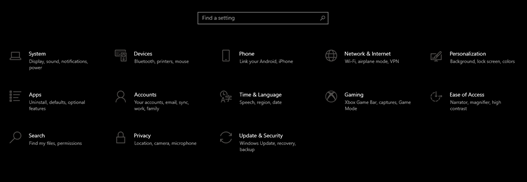
- Select Windows Security – it is where you can view and manage the security and the overall health of your device.

- Click on the Virus and Threat Protection. Here you will also see an icon that will notify you if ever you need to update your windows version.
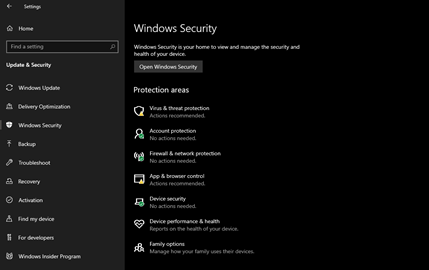
- Select Manage Settings.
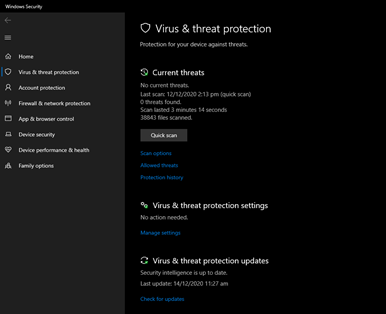
- And you will see Exclusions, here you can manage files you want to run on your PC without the windows defender detecting it as malware. You also need to note that Microsoft Defender Antivirus isn’t going to scan items that you’ve given exclusion, therefore, it could contain a malicious virus that makes your device at risk. However, when you are ready, click “Add or Remove Exclusions”.
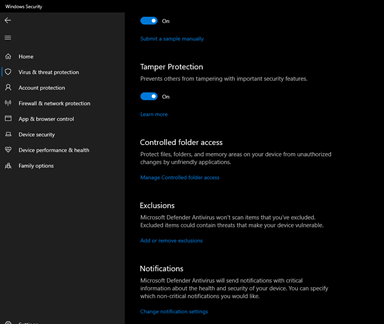
- Click add an exclusion – then choose “File” you can also exclude a folder, file type, or a process that windows defender is detecting as malware. You may want to be cautious in this part, a certain file might bring malware to your PC if you aren’t sure of the file’s health.
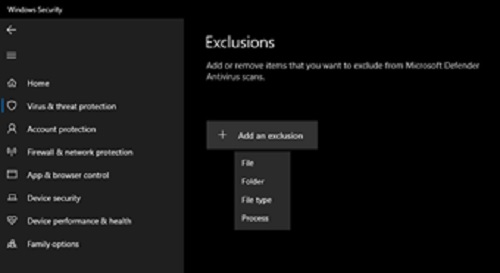
- When you are all set, Import the file you wanted to exclude from the Microsoft Defender antivirus scan, it will open up a folder window so you can choose the file you wanted to be excluded.
- All the allowed files will be listed under the exclusions list, you will also see the path of the file and its type for easy file tracking.
 If you want to remove a once added exclusion, probably you made a mistake, no longer need the files or it may bring malware in the long run, to do it the other way around you can get rid of an exclusion.
If you want to remove a once added exclusion, probably you made a mistake, no longer need the files or it may bring malware in the long run, to do it the other way around you can get rid of an exclusion. - You can simply click on the specific file and click the “remove” tab.
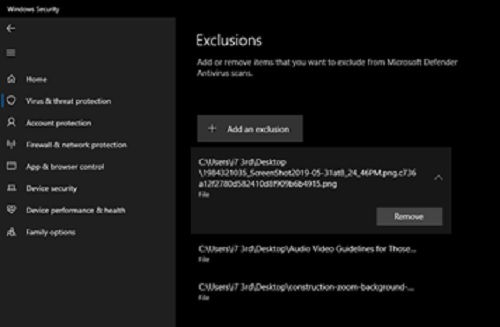
At the end of the day, the option to add or remove a file will be based on your discretion and proper knowledge of the files you have on your computer. It is important to note that adding a file, folder, file type or a process in your machine as an exclusion in windows defender may make it vulnerable to malware, so you want to be extra careful and wise when choosing a file for exclusion.
But with this setting, you can go on running your file and it will solve your installation problem in no time!
Summary: Allow files in Windows Defender
- Allow files in Windows Defender
- Restart the system.
- Go to start and type virus.
- Open windows defender security center.
- Select Virus & Threat Protection.
- Select Virus & threat protection settings.
- Scroll down and select manage settings under Exclusions.
- Now you will be able to add specific files into windows defender exclusions.